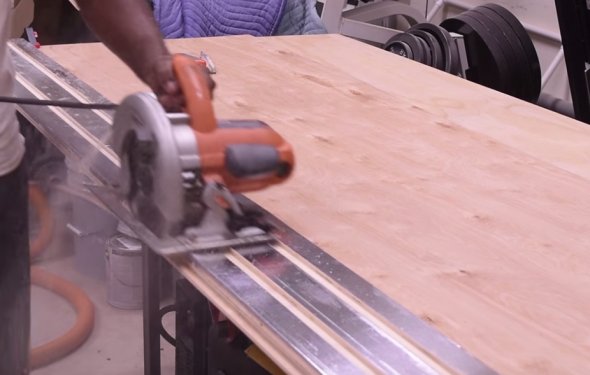build your own milwaukee combo kit

Don't buy a Lamborghini if you don't drive fast.
Cordless tools used to be heavy, unwieldy behemoths sporting fat nickel-cadmium batteries. But tool companies have slimmed their products down with sleek, longer lasting lithium-ion cells. Thing is, Li-ion tools are expensive. Which is why manufacturers still make the old NiCad tools.
If you're not too handy and plan on only using your power tools for the occasional shelf hanging or plywood cutting, you'll be just fine with NiCad batteries. They weigh a little more and they take a long time to charge (sometimes as much as 3 hours), but for most projects you're not likely to go through more than the two batteries most tools come with. And they cost a lot less: The same tool kit that might be $275 with Li-ion batteries would only be $150 with NiCad.
But if you plan to spend every weekend this spring building that climate-controlled comic-book library, you're going to want to go Li-ion. The batteries charge in as little as 30 minutes, they last longer, and they weigh less. Which means your arms won't get tired as quickly. You can even choose between regular slim packs and longer-life fatties.
Size matters
It's simple: the higher the volts, the higher the power. That means more torque for driving screws or miter sawing, more speed for jigsawing and sanding, more hammer action for impact driving. Unless you're a pro, you probably don't want anything bigger than an 18-volt tool. A good 18V drill will get you through big jobs like framing and deck building, and you can cut through a lot of plywood with an 18V circular saw (especially because cordless circ saws have thinner blades to make up for the lesser torque).
Don't discount the smaller tools, though. Outside of circular saws, every tool is replicated in a 12V version. The tools may look a little girly, but they work just fine. Drill/drivers, in particular, are great performers with 12V batteries, able to sink drywall screws into framing or even do some smaller decking jobs.
Keep in mind, though, that there are still some tools you should buy with cords. If you need miter saws or circular saws to cut thick lumber, you really need the consistent power of a plug-in tools. Same with hard workers like reciprocating saws and grinders.